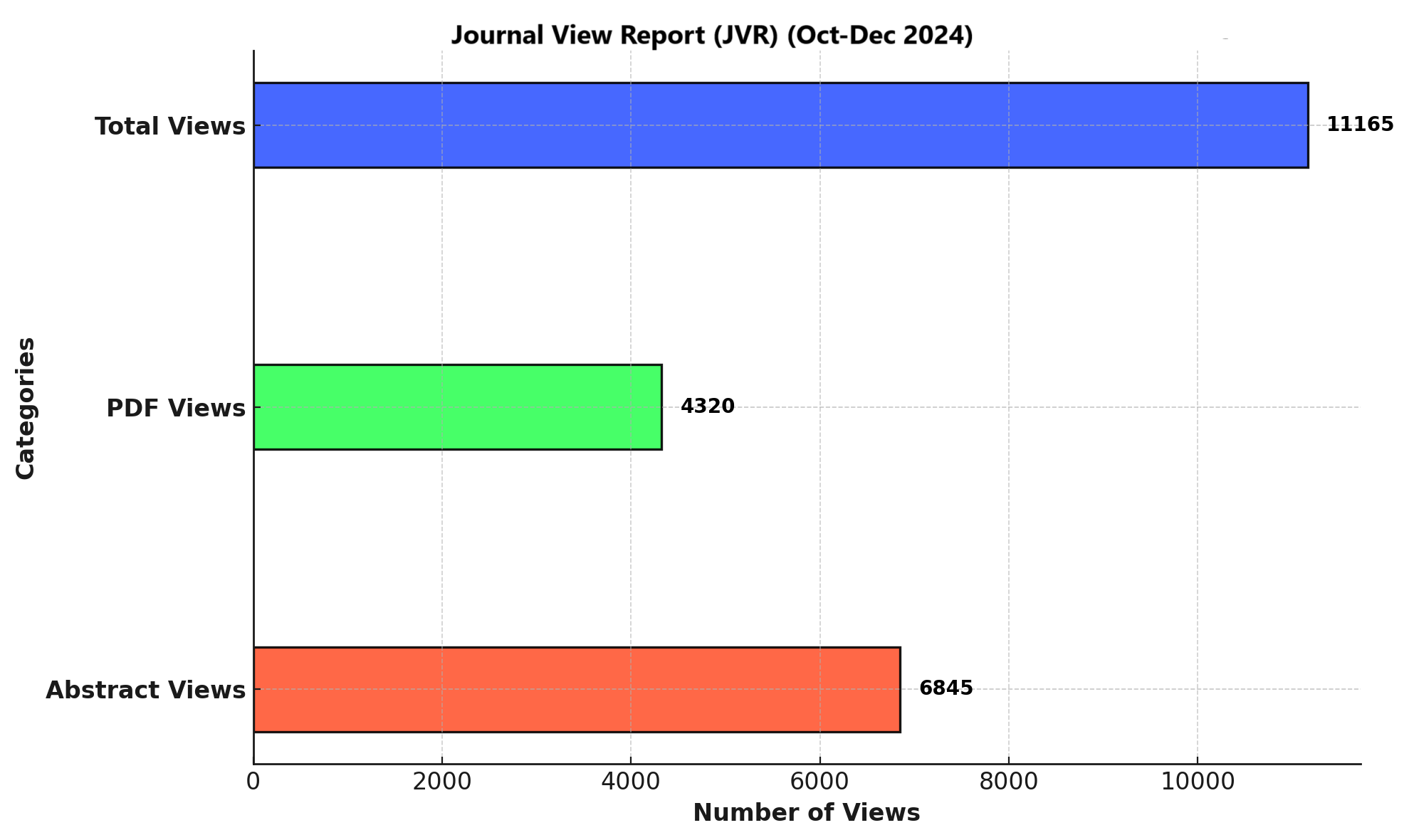COMPARATIVE EFFECTIVENESS OF SENSORY-MOTOR INTEGRATION AND ROODS APPROACH ON SENSORY AND MOTOR ABNORMALITIES IN PATIENT WITH DIABETIC POLYNEUROPATHY
DOI:
https://doi.org/10.71000/ijhr149Keywords:
Diabetic polyneuropathy, Michigan neuropathy screening instrument, Motor activity, Proprioception, Rehabilitation, Sensory-motor integrationAbstract
Background: Diabetic sensory-motor polyneuropathy causes a gradual loss of vibratory, thermal, tactile, and proprioceptive sensations, alongside motor symptoms such as reduced ankle reflexes, mild foot drop, and lower limb weakness, leading to functional limitations like frequent tripping and impaired pincer grasp. Effective therapeutic strategies are essential for managing these symptoms to enhance patients' quality of life. This study investigates the comparative effectiveness of sensory-motor integration and the Rood approach in managing diabetic polyneuropathy symptoms.
Objective: To compare the effects of sensory-motor integration and the Rood approach in improving sensory and motor functions in patients with diabetic polyneuropathy.
Methods: This single-blinded, randomized clinical trial included 64 patients with diabetic polyneuropathy recruited from Allied Hospital Faisalabad and Madina Teaching Hospital. Patients were randomly assigned to either a sensory-motor integration group or a Rood approach group. Both groups received 6 weeks of therapy, with three sessions per week. Sensory function was assessed using the Michigan Neuropathy Screening Instrument (MNSI), muscle strength via the Medical Research Council (MRC) scale, and functional mobility with the Walking Impairment Questionnaire (WIQ). Pre- and post-treatment data were analyzed using SPSS 20.0.
Results: The Rood approach group demonstrated a significant improvement in MNSI History scores, decreasing from a mean of 9.26 ± 2.33 pre-treatment to 5.68 ± 1.49 post-treatment. The sensory-motor integration group showed a mean decrease from 10.21 ± 1.65 to 8.42 ± 1.43. For MRC scale scores, the Rood group improved from 46.95 ± 3.98 to 51.52 ± 3.67, while the sensory-motor integration group rose from 44.79 ± 4.05 to 46.63 ± 4.99. WIQ scores in the Rood group increased from 52.16 ± 9.19 pre-treatment to 62.47 ± 8.42 post-treatment, outperforming the sensory-motor integration group, which rose from 51.63 ± 6.63 to 54.26 ± 6.70.
Conclusion: Both sensory-motor integration and the Rood approach significantly improved sensory and motor function in diabetic polyneuropathy patients. However, the Rood approach was more effective across all measured parameters, suggesting it as a preferable option for enhancing functionality and quality of life in this patient population.
Downloads
Published
Issue
Section
License
Copyright (c) 2024 Anbreena Rasool, Kinza Ehsan, Hafsa Naz, Saad Ullah Butt, Aneela Uma, Ayesha Affi, Zain Ali (Author)

This work is licensed under a Creative Commons Attribution-NonCommercial-NoDerivatives 4.0 International License.







